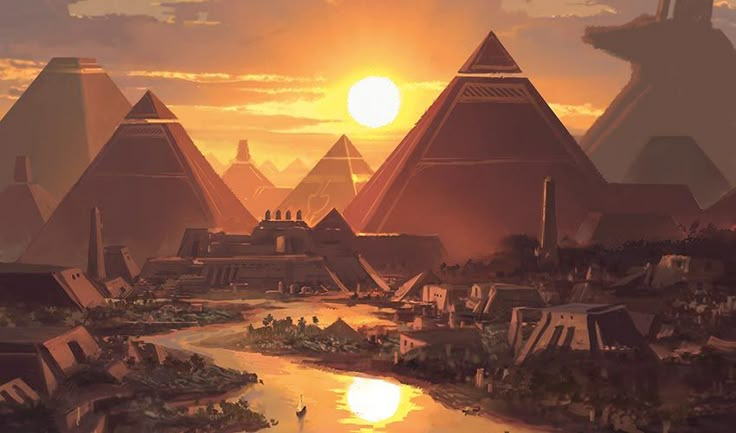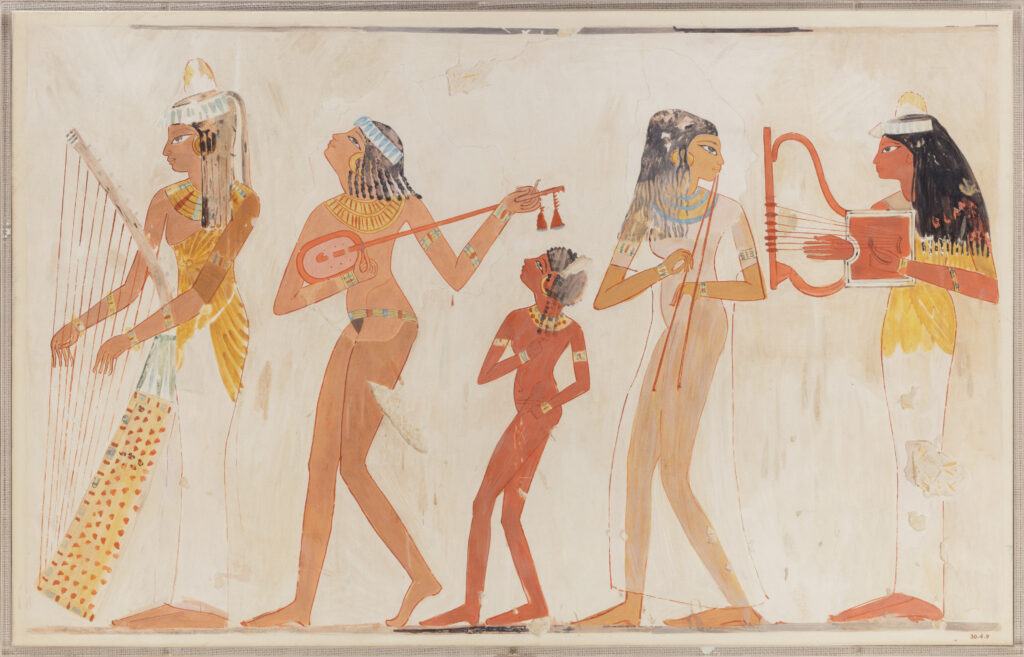
ancient artz
Art has always been a powerful medium for human expression, and Ancient Artz gives us a fascinating glimpse into the minds and lives of our ancestors. From cave paintings to intricate sculptures, ancient art tells stories of culture, religion, and daily life that still captivate us today.
In this blog, we’ll explore the world of Ancient Artz, uncovering its significance, styles, and the incredible techniques used by early artists. Whether you’re an art lover or just curious about history, this journey through time will leave you amazed at how creativity has shaped humanity.
What is Ancient Artz?

Ancient Artz refers to the artistic creations of early civilizations, dating back thousands of years. This includes:
- Cave Paintings (like those in Lascaux, France)
- Egyptian Hieroglyphics and Tomb Art
- Greek and Roman Sculptures
- Mesopotamian Carvings
- Indus Valley Pottery
- Chinese Bronze Art
These artworks weren’t just for decoration—they served religious, political, and storytelling purposes.
Why Was Ancient Art So Important?
Unlike today, where art is often created for personal expression or entertainment, Ancient Artz had deeper meanings:
- Religious & Spiritual Significance – Many ancient artworks were dedicated to gods, goddesses, and the afterlife. Think of the Egyptian pyramids or Hindu temple carvings.
- Historical Records – Before written language, art was a way to record events, like battles or royal successions.
- Cultural Identity – Different civilizations developed unique styles that represented their beliefs and values.
- Social Status – Kings and pharaohs used grand sculptures and monuments to showcase their power.
Exploring Famous Ancient Artz Styles
1. Prehistoric Cave Paintings (40,000+ Years Ago)
Some of the oldest Ancient Artz comes from caves like Lascaux (France) and Altamira (Spain). These paintings depict animals, hunting scenes, and mysterious symbols.
- Why were they made? Possibly for rituals or to ensure successful hunts.
- Technique: Natural pigments like charcoal and ochre were used.
2. Egyptian Art (3000 BCE – 300 BCE)
Egyptian art is iconic—think pyramids, pharaoh statues, and hieroglyphics.
- Key Features:
- Hierarchical proportions (important figures drawn larger).
- Symbolism (ankh = life, scarab = rebirth).
- Tomb art meant to guide souls in the afterlife.
3. Greek & Roman Art (800 BCE – 400 CE)
The Greeks perfected realistic sculptures, while Romans expanded on their ideas.
- Greek Art: Focused on ideal beauty (e.g., Parthenon statues).
- Roman Art: More practical, with busts of emperors and frescoes in Pompeii.
4. Mesopotamian Art (3500 BCE – 500 BCE)
The Sumerians, Babylonians, and Assyrians created stunning ziggurats, cylinder seals, and relief carvings.
- Famous Example: The Code of Hammurabi (a stone slab with laws carved in).
5. Indus Valley & Ancient Indian Art (3300 BCE – 1300 BCE)
The Harappan civilization produced intricate pottery, seals, and jewelry. Later, Buddhist and Hindu art flourished with Ajanta caves and temple sculptures.
6. Chinese Ancient Art (1600 BCE – 220 CE)
From Shang dynasty bronzes to Han dynasty tomb figures, Chinese art was deeply symbolic.
- Terracotta Army (Qin Dynasty) – Thousands of life-sized warrior statues.
How Did Ancient Artists Create Their Masterpieces?
Without modern tools, Ancient Artz required incredible skill:
- Sculpting: Used chisels, hammers, and abrasives on stone/metal.
- Painting: Natural dyes from plants/minerals mixed with animal fat or egg.
- Pottery: Hand-shaped or wheel-thrown, then fired in kilns.
- Metalwork: Bronze and gold were melted and molded into jewelry and weapons.
The Legacy of Ancient Artz Today
Ancient art influences modern creativity in many ways:
- Tattoo designs inspired by Polynesian or Egyptian symbols.
- Architecture borrowing from Greek columns or Mayan pyramids.
- Movies & Games (e.g., Assassin’s Creed recreates ancient worlds).
Even digital artists study ancient techniques for texture and composition!
Where Can You See Ancient Art Today?
Many museums house priceless Ancient Artz collections:
- The Louvre (Paris) – Egyptian and Mesopotamian artifacts.
- British Museum (London) – Rosetta Stone, Parthenon marbles.
- Metropolitan Museum (New York) – Greek vases, Chinese bronzes.
- National Museum (Delhi) – Indus Valley relics.
Final Thoughts: Why Ancient Artz Still Matters
Studying Ancient Artz isn’t just about admiring old objects—it’s about connecting with humanity’s shared past. These artworks remind us that creativity has always been a vital part of life, shaping cultures and preserving history.
Next time you see an ancient sculpture or painting, take a moment to appreciate the skill and meaning behind it. Who knows? Maybe your favorite modern art piece has roots in these timeless masterpieces!

